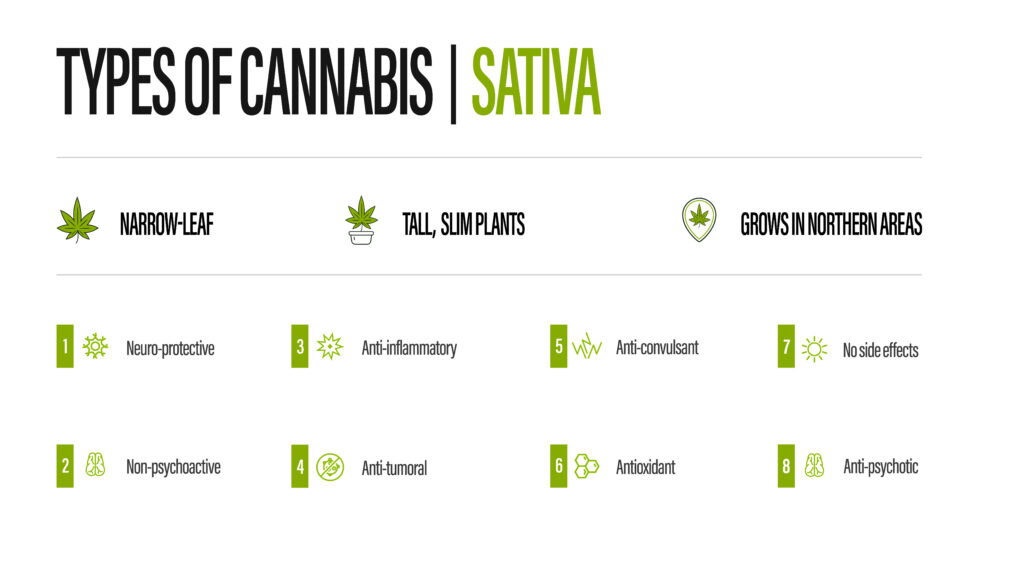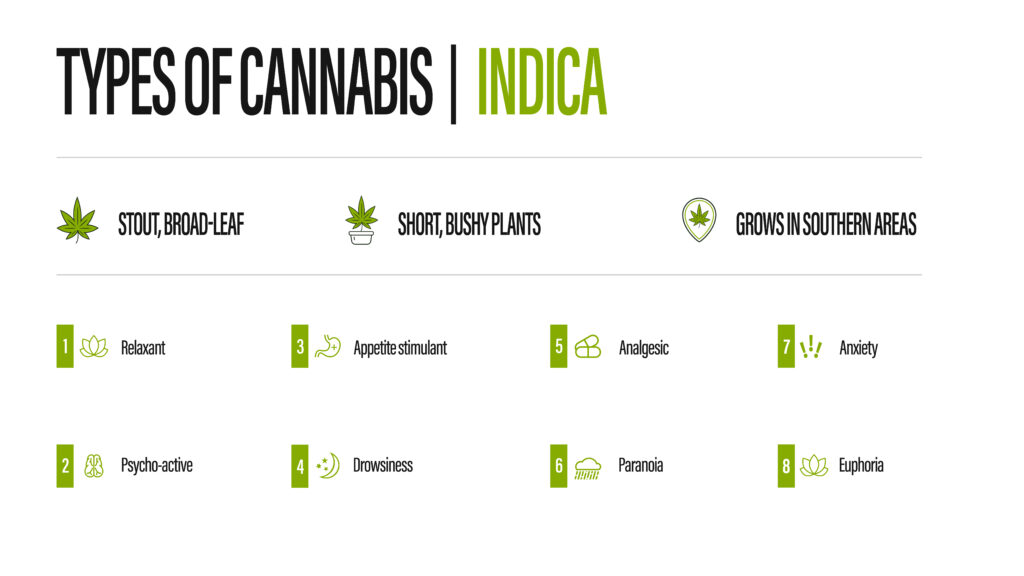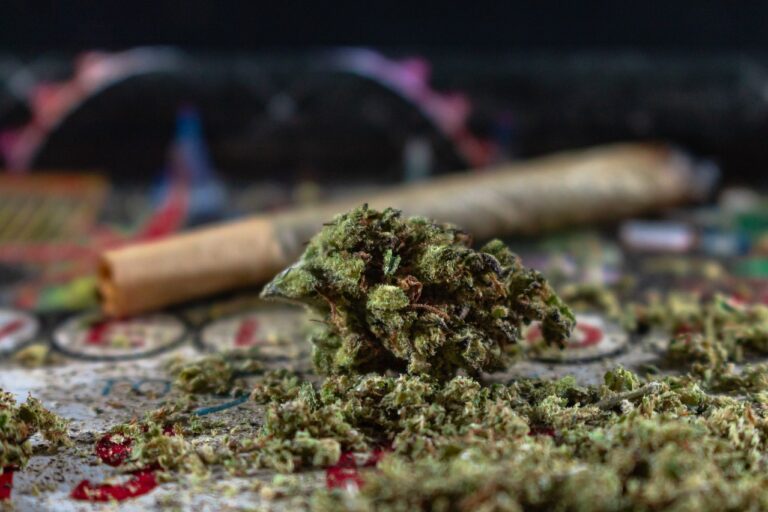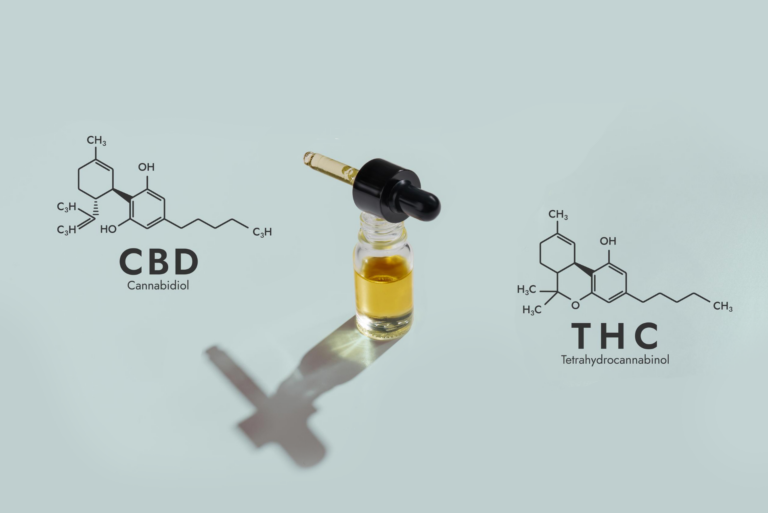There is quite a bit of talk around these two terms and people use them to describe plants with two distinct effects, namely a mood uplifter or a calmative. In reality, these are not quite accurate, as there are two factors which influence the way that everything grows and those are environment and genetics. In this article, we will break down the meanings of these different names, indica and sativa and we’ll give you some sound science to base your judgment on, as well as how you talk about marijuana products to other knowledgeable people.
Genotype
The way that a plant can grow is based on genetics. The genetic structure of a plant decides what a plant could potentially look like and how it might grow. For example, the genotype of a plant might decide that it can grow really tall, with only a few branches. Genotype might also decide that a plant will be able to produce a lot of resin or that the flowers it makes will be really big, but only a few.
Phenotype
This is the way a plant grows in its environment. For example, the genotype of our tall plant might be thwarted by the fact that the plant is not growing in the right medium and so it will not be able to grow as tall as its genotype might allow. A shortage or excess of water might also affect the way a plant grows and the hours of sunlight it is exposed to also influences how a plant will grow. All of these influences work together to create a particular phenotype, or general result based on genotype.
Why Is This Complex Information Important?
We want you to understand that while cannabis plants grew wild and their phenotypes strongly affected by the places they grew—rocky, arid mountains or lush and humid valleys—modern-day cannabis plants grown for medical use are grown indoors, under very tightly controlled conditions. This means that the grower can pick a certain type of seed for the qualities it could have as a full-grown plant and that plant might not show all of the features or characteristics the grower expected simply because the growing medium was slightly acidic.
Most plant strains these days are hybrid, which means that a grower has combined indica and sativa plants for their specific characteristics. Like people, no two plants are ever exactly the same and sometimes, plants—and people—that have a range of potentials never get to show them off due to the environment in which they grow.
Understanding the Difference: Indica vs. Sativa

Knowing what you know about genotypes and phenotypes, let’s look at the true meaning of these terms as descriptions for the phenotype of the plant. Sativa plants, commonly known for their energizing and uplifting “high,” grow taller than 12 feet and have thin, slender leaves. So, as a phenotype, sativa plants are usually taller, thinner and produce a bit more THC and less CBD (we’ll get to these two terms in another post). Sativa plants are not necessarily the only plants which will give you that THC “high,” so it is not accurate to use sativa as a way to describe high THC plants. Again, sativa is a phenotype, which describes the way it will most likely grow in native or best conditions.

Indica plants grow shorter, bushier and have thicker leaves. They also tend to have higher CBD levels and lower THC levels. This is the phenotype we are describing. Indica plants are used more for their calming, stress-relieving properties and they tend to have a range of medicinal uses that are safer for the average person due to the lower THC content. So, indica is the phenotype which describes the way the plants will most likely grow.
When it comes to hybrid plants, which most are, the strain will probably be sativa- or indica-dominant, meaning that its phenotype displays more of the outward characteristics of one or the other, although it has been produced from strains of both phenotypes.



